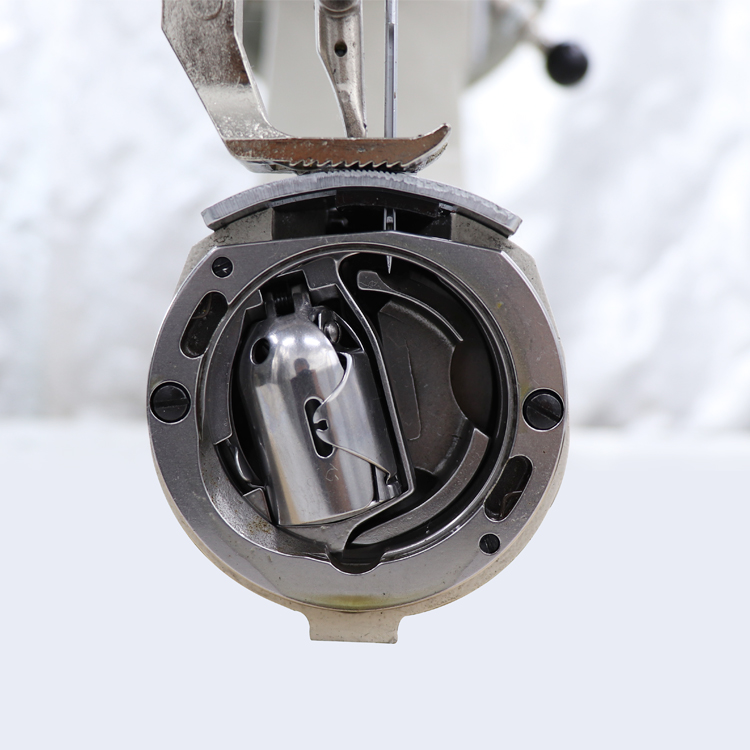Heavy-duty sewing machines ideal for stitching denim and leather materials effectively and efficiently
The Ultimate Guide to Heavy Duty Sewing Machines for Denim and Leather
In the world of sewing, choosing the right machine is crucial, especially when working with tough materials like denim and leather. Heavy-duty sewing machines are specifically designed to handle thicker fabrics and provide the strength, durability, and precision needed to create professional-quality garments and accessories. Whether you are a seasoned seamstress or a beginner, understanding the essentials of heavy-duty sewing machines can significantly enhance your sewing experience.
What is a Heavy-Duty Sewing Machine?
Heavy-duty sewing machines are engineered to sew through multiple layers of fabric and tough materials without straining the motor or causing misalignment. Unlike standard sewing machines, which may struggle with heavy fabrics, heavy-duty alternatives feature stronger motors, reinforced frames, and specialized components. These machines typically come equipped with a variety of stitch options, allowing you to work on different projects from upholstery to fashion design.
Key Features to Consider
1. Motor Power The power of the motor is a defining factor in a heavy-duty sewing machine. Machines with higher wattage are able to penetrate thick materials with ease, allowing you to sew denim and leather without the risk of jamming or breaking needles.
2. Presser Feet A variety of presser feet enhance your sewing capabilities. Walking feet, for instance, help keep multiple layers of fabric aligned, ensuring even feeding through the machine. Teflon or roller feet are excellent for working with leather, as they prevent the material from sticking.
3. Stitch Options Look for a machine that offers a range of stitch types, such as straight, zigzag, and decorative stitches. This versatility is essential for creating various finishes, topstitching, and hems on heavy materials.
4. Needle Compatibility Heavy fabrics require specialized needles. A machine that accommodates different needle sizes will allow you to switch as necessary. For instance, use thicker, sharper needles for leather and medium-sized needles for denim.
5. Durability and Stability A heavy-duty machine should have a sturdy construction to minimize vibrations and maintain stability during operation. This ensures precise stitching and reduces the risk of skipped stitches.
heavy duty sewing machine for denim and leather

Benefits of Using Heavy Duty Sewing Machines
Investing in a heavy-duty sewing machine brings several advantages
- Versatility Beyond denim and leather, these machines can handle various materials, including canvas, upholstery fabric, and multiple layers of quilting fabric.
- Efficiency With their powerful motors and high-speed sewing capabilities, heavy-duty machines facilitate faster project completion, ideal for both hobbyists and professional tailors.
- Professional Quality Projects created with heavy-duty machines often reflect a more polished, professional finish, enhancing your work's aesthetic appeal.
Caring for Your Heavy-Duty Sewing Machine
Proper maintenance is vital to ensure your machine operates smoothly and lasts for years. Regularly oil moving parts, clean lint buildup from the bobbin area, and change needles after several uses. Additionally, store your machine in a dust-free environment to protect it from damage and ensure it remains in top-notch condition.
Conclusion
In summary, a heavy-duty sewing machine is an invaluable tool for anyone looking to work with denim and leather. With the right features and proper care, these machines can elevate your sewing projects from amateur to professional quality. Whether you are crafting jeans, leather bags, or upholstery, investing in a reliable heavy-duty sewing machine will undoubtedly enhance your crafting experience and open up new possibilities in your sewing journey. Now is the perfect time to explore the options available and find the machine that best fits your sewing needs!
-
Heavy Duty Leather Sewing Machine: A Must-Have for Professional LeatherworkNewsMay.28,2025
-
Leather Sewing Machine: Essential for High-Quality LeathercraftNewsMay.28,2025
-
Extra Heavy Duty Sewing Machine for Premium Leather ApplicationsNewsMay.28,2025
-
Walking Foot Cylinder Arm Sewing Machine: Precision and Power CombinedNewsMay.28,2025
-
Industrial Cylinder Arm Sewing Machine: Engineered for High-Performance StitchingNewsMay.28,2025
-
Cylinder Bed Sewing Machine: A Powerful Solution for Precision StitchingNewsMay.28,2025
-
Zigzag Sewing MachineNewsMay.12,2025





























